The second part in a series on making your own podcast that won’t break the bank, concentrating on DIY and low-cost podcasting . Read part one here.
Gear fetish
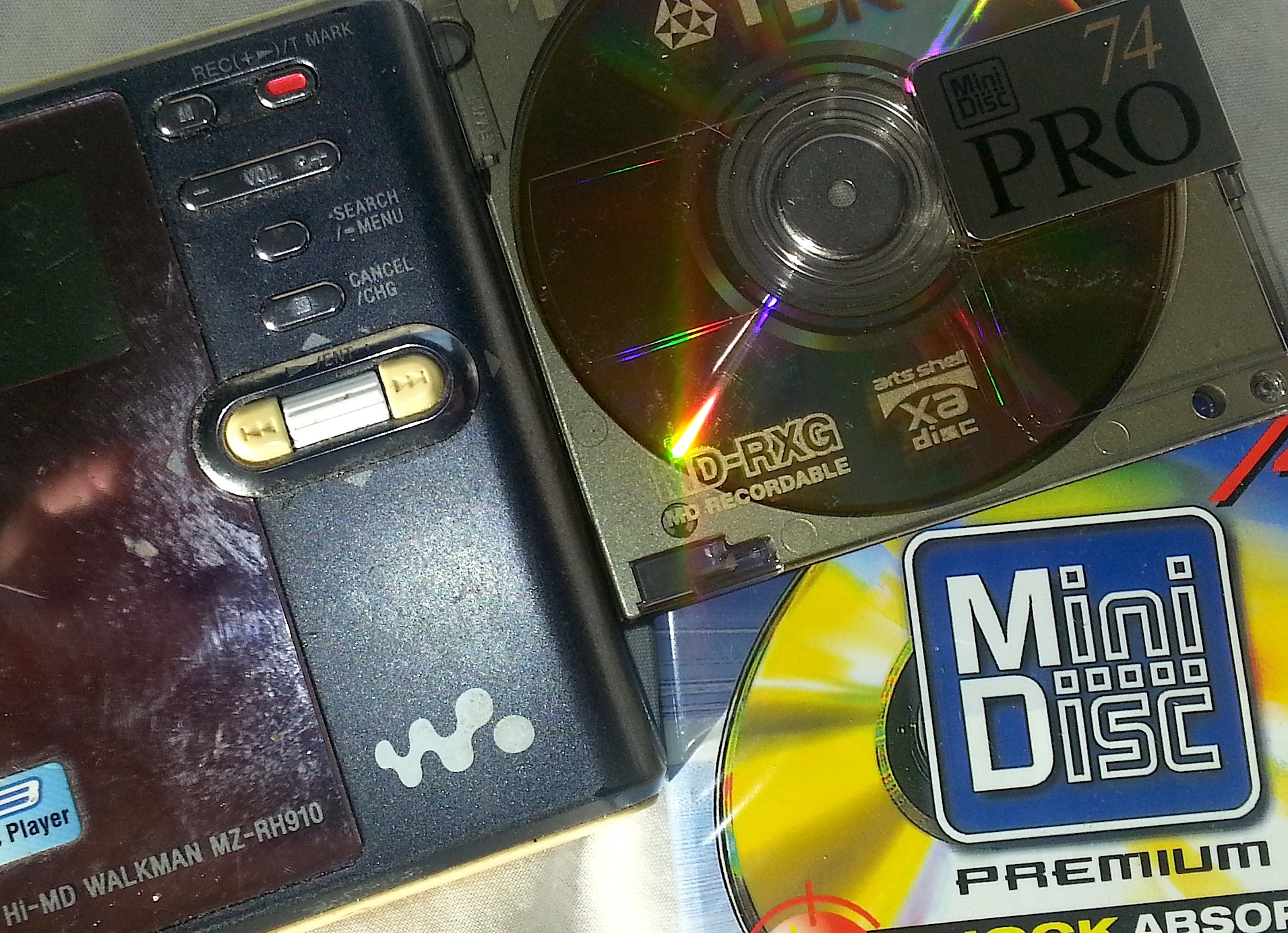
I’m a big believer in making expensive mistakes on cheap gear, rather than the other way around. I have done it, and still wince at the really nice expensive headphones I bought years ago which I didn’t check if they could be used for recording. And I said previously, you don’t need expensive gear to start podcasting, I’d argue you shouldn’t be using expensive gear to learn on for several reasons:
The first – if you trash say, an AKG, Neumann or Rode mic it’s a crime against humanity (/joking) – well it IS a crime against your pocket, and you might understandably run screaming for the hills never to be seen as a result.
The second is you won’t really learn on pro high-end gear. Most people can make a so-so to average recording on really good equipment, so it can hide all kinds of deficiencies in knowledge, and prop up someone who doesn’t have a clue. It’s best to learn on cheap gear, then if you upgrade in the future you will make that gear sing, because you will know what you’re doing.
Thirdly, buying another gadget is a bad habit. Most of us have a pencil but have you learned to draw with it before doodling on a computer or tablet? As someone who did, I can say my technology-aided drawings were better after I learned to draw in the ‘traditional way’. You’ve probably met those who think that good photographs means you’ve ‘a good camera’ and don’t seem to consider it might be the person taking the photo. It’s best to use and thoroughly learn what we have, rather than fix a hole with a credit card (which becomes another sort of hole in bank balances or overdrafts).
Fourthly and finally – not all of us have the resources? Gets my goat when (usually white, middle class) men tell me I have to have Widget X to make my life ‘complete’. They are usually missing the white coat, otherwise it’d be like those dodgy ads from the 50’s, with doctors shilling ‘healthy’ cigarettes. Snake oil, you usually don’t need that new shiny thing. It’s very rife in photography and music tech, this newthingitis.
So – for all the next sections, remember to beg, borrow, steal, repair, or just fetch out of the back of the cupboard these things. Don’t buy unless you really have to, and only get what you can afford…for you might decide podcasting isn’t for you. Make your mistakes cheap and your learning expensive (in time, and valuable rewards for yourself). You never know, that old mic your parents left you might give you an unique sound that has all the other podcasters asking ‘what IS that?’, or that piece of junk turns out to be a mic stand or something adaptable. You become the first podcast recorded on reel-to-reel or cassette…Your restrictions become creative options. Reuse, recycle, remix 😀
And if the audio nerds tell you you’re ‘doing it wrong’, and your audience and most importantly yourself are happy with what you’ve created, feel free to tell them where to go. Yes certain options are sound ‘better’ than others, but quite often that’s a value judgement, and what works for you and your audience won’t work for everyone else. Sure we can all ‘improve’ but I do think some put the holy grail of perfectly recorded audio before the actual content. I’d rather hear something I love and don’t care if it’s rough, than something boring yet professional any day.
Left to my own devices
Well firstly you have to record onto something, and oddly all the other ‘guides’ assume you’re using a laptop or desktop computer, which nowadays doesn’t have to be the case. You can now record podcasts on a smartphone (a cheap one, Android or iOS), iPads and tablets, digital dictaphones, Minidisc if you can transfer digitally, MP3 players with a record function and seemingly most popular with podcasters yet usually more expensive is special recorders with built in mics, such as the Zoom H or Sony PCM series.
I’ve used many of those – I started recording directly into a computer which used to be less reliable, then got a cheap iRiver, then Minidisc Hi-MD (it had a USB for direct digital transfers), then a Sony PCM M10 and now back to recording direct into REAPER.
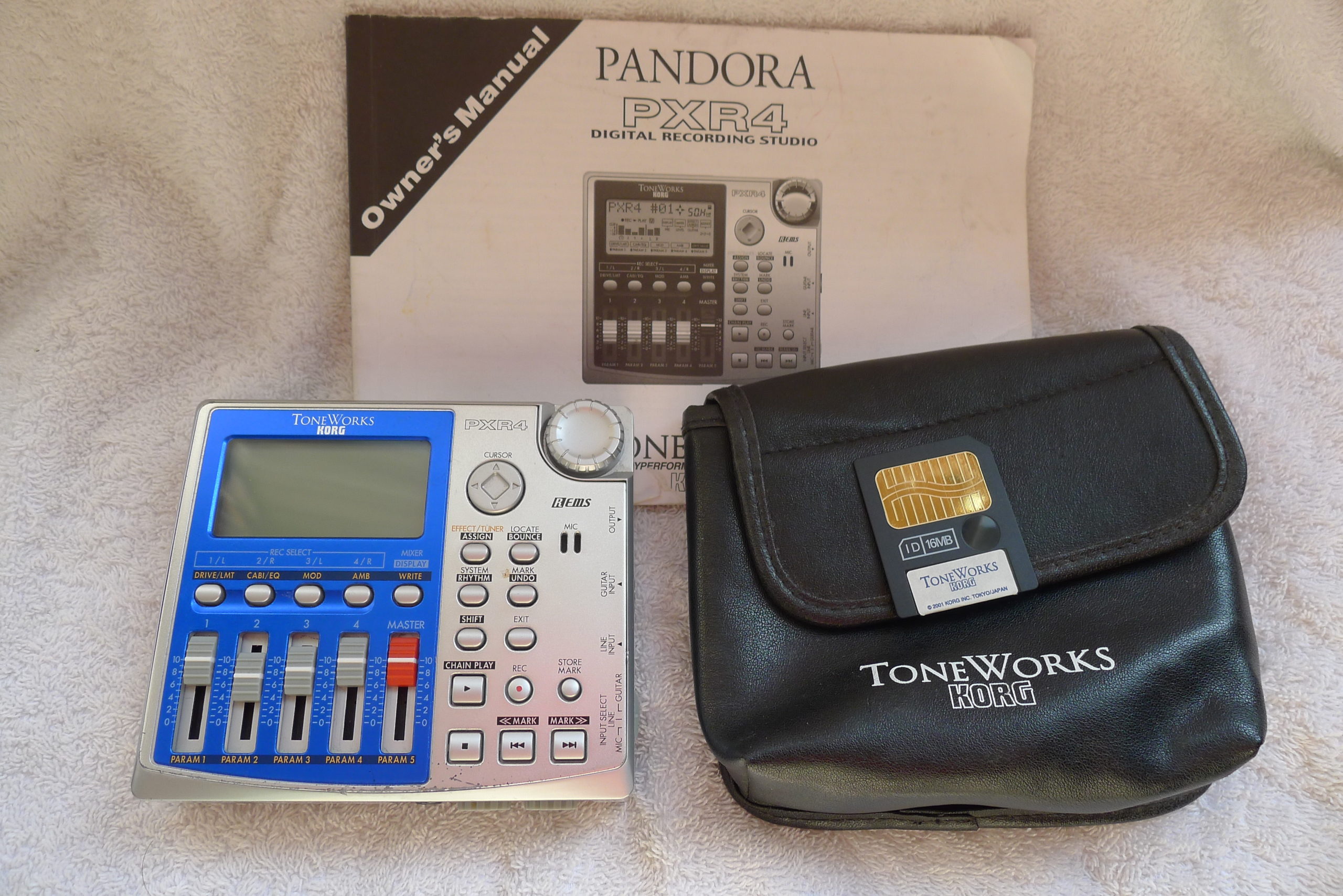
I’ve even used a four track invented for guitarists called the Korg PXR4 to make podcasts on the move as I didn’t have a laptop then – all powered by two AA batteries, I once did a podcast from the middle of a Canadian field at sunset with the music coming from my little iPod, and mixed it on the train and plane back. “Put your laptops away”? Well this isn’t a laptop!
You could also use tape, cassette, VHS or video camera using only the audio track – anything really. The important thing to remember is with analog devices such as those or the older pre-HD Minidisc, you’ll need a device to record those sound waves into digital form on a device (computer, phone, tablet). Check the interface section coming in part four if your device doesn’t already have an audio input (they are usually marked ‘audio in’ or ‘line in’, it’d probably be too loud for mic in, but sometimes those connections in older computers double as both).
What’s on the DAWs, George Dawes?
You’ll need to use one of those devices to at the very least to edit your podcast, convert it to MP3 and upload it. This will need software, which usually can also record directly into the device as well. This will vary according to whether the device is running Windows, OSX or iOS, Linux or Android.
For basic recording on a computer you can use any program that will record from a microphone or line input, be that internal or externally. You can even the free provided tools such as Sound Recorder or QuickTime, but for editing, you usually need something a little more flexible.
The simple apps provide what is called destructive editing – i.e. if you chop a piece out of your freshly recorded podcast and save it, that piece is gone. You can’t go back if you suddenly realise you had a really good bit about The Great Green Arkleseizure in the middle of it. Now that’s not great, right? Especially for the Arkleseizure.
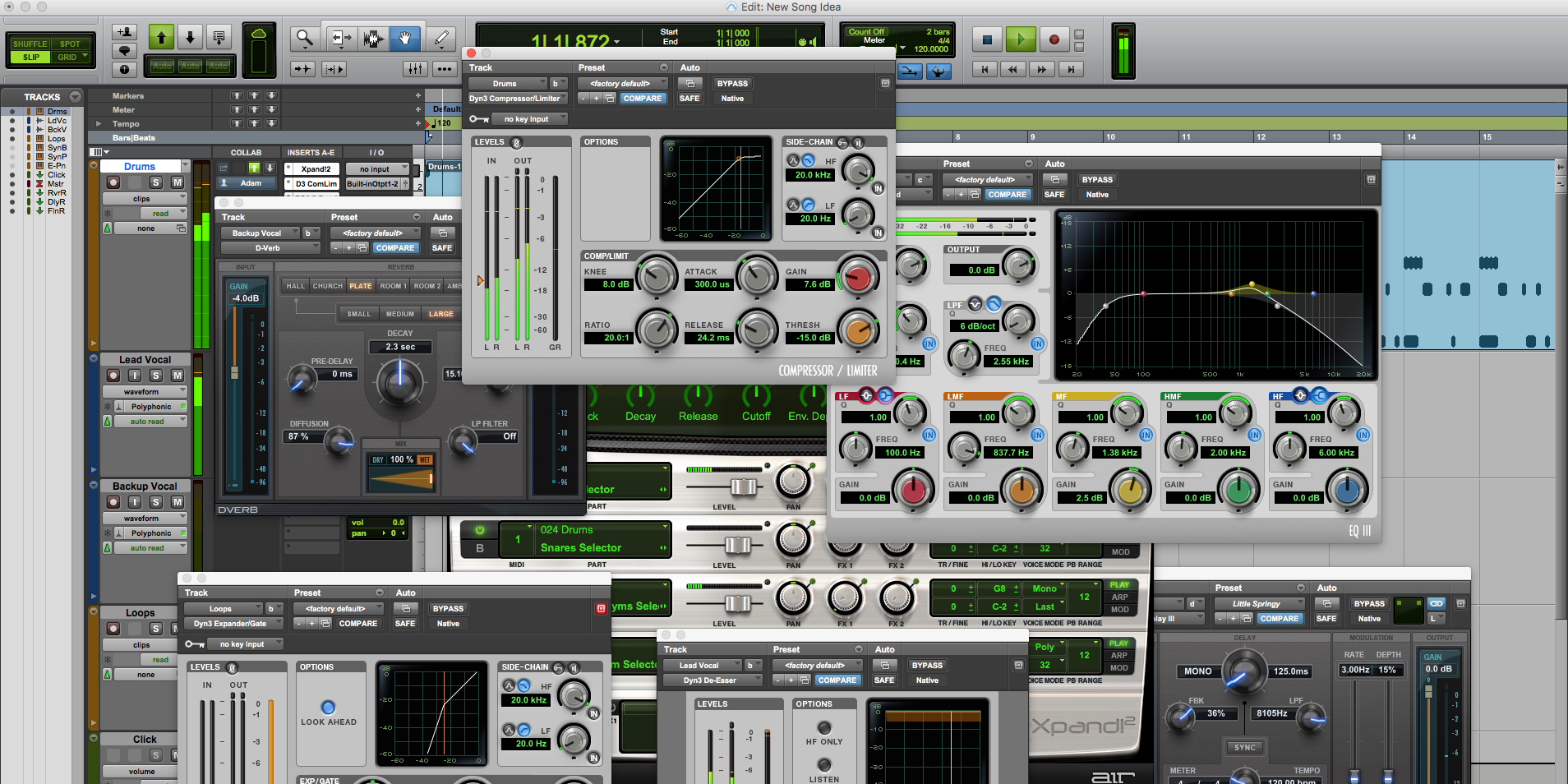
Well slightly more complicated programs came along that offer non-destructive editing, where you can record and/or edit the audio as much as you want (with a few exceptions) and keep the original files so fresh and so clean. They quite often also include support for third party plugins which are like miniature programs or apps that help you process or manipulate your audio, like adding effects like echo or changing how loud it sounds (compression). This again makes it easier to try things out, make mistakes, re-edit and remix and save a lot of time. And indeed provide a certain level of compatibility and transferability – hate that DAW? Load the plugins into another and let’s go! As you will hear later, I hate putting my eggs in one basket, especially with technology.
These programs are called Digital Audio Workstations, or DAWs for short (they used to just be called Sound Editors back in the day before they added all this shizzle and got a fancy name), and I’ve gone through the free and cheap options for you.
Choosing what program to use is a bit like choosing what colour to paint your walls or which car to drive (or to use public transport), it’s a matter of taste and money, not everyone will like the same things or be able to afford them. Some prefer complex detail, some prefer simplicity…I’ve tried to flagged the things that allow you to be more flexible in future, though.
By the way there are many different types of plugins which of course aren’t compatible nor supported by all software, just to be awkward – Apple’s Audio Units is OSX only for instance. Steinberg’s Virtual Studio Technology is supported on all platforms (OSX, Windows and Linux) and across many programs, yet AAX is only supported by Avid/Pro Tools. LADSPA is pretty much a Linux-only format. There are many great and usable free or cheap plugins, which is why it’s an important thing if you want to tweak how your podcast sounds, and get something that doesn’t sound like it was made for free or almost no money. Yes, like the singing career of most pop divas, you can fake a studio-like sound with some work and knowledge. And a little bit of distraction magic! Ostagazuzulum!
Firstly Garageband is a popular choice on OSX, I’ve always found it a little limiting, but other podcasters swear by at as much as those who swear at it. It doesn’t work with all plugins though, it only uses Audio Units, but it’s free, and like REAPER, Audacity and Audition there is a massive user base and support, although I’m guessing only two of those might actually answer any questions…Sorry I’m just bitter, I think I still have unanswered Apple Support questions from 8 years ago…
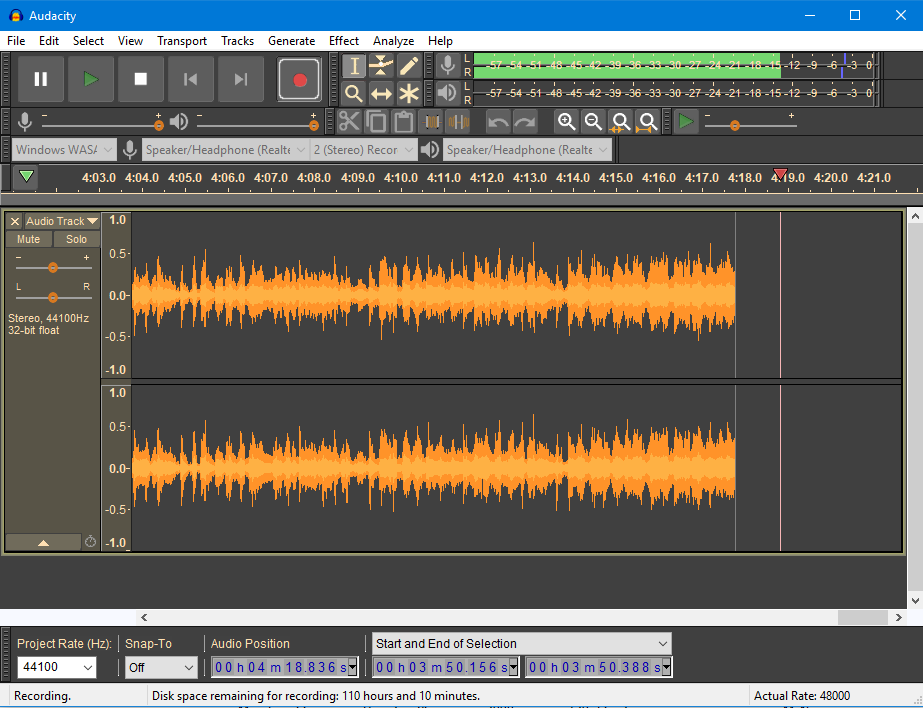
Audacity is a cross platform DAW (OSX, Windows, Linux), and is worth having even as a backup, but you can create podcasts in it easily. It works with some plugins like VSTs, as well as AU on Mac, but not VST Instruments (which shouldn’t be a problem for podcasters unless they are live-scoring music!). The interface isn’t much to look at, but it’s quite powerful. A good place to start.
Pro Tools | First (OSX/Windows) amazingly seems to have been passed over by many, but Avid has a free fully-functional version of Pro Tools for download by everyone. Install is a little fiddly with the licensing, but Pro Tools is an industry standard program used in most recording studios. Obviously you won’t be able to produce Adele’s next album on PT|F, but the limits of only 4 inputs and 16 tracks of audio won’t bother most podcasters. The only caveat is that even if you find plugins in Avid’s own AAX format, it’s a bit crippled on PT|F, many plugins won’t work. Making it a bit useless for me as I already have some plugins I cannot live without (as mentioned below).
PreSonus Studio One Prime (OSX/Windows)- this was close and nearly stole my love for my current DAW, REAPER, and if I was starting from scratch I’d use PreSonus. It’s free, comes with some amazing plugins like MixVerb, and is fully functional, and the company creates pro mixing desk and audio hardware, so like Avid they have been around a long time and know their stuff. Unlimited tracks, MIDI, FX, it’s good. The deal breaker for me was no VST support on the free version, shame about that, it almost stole a customer!
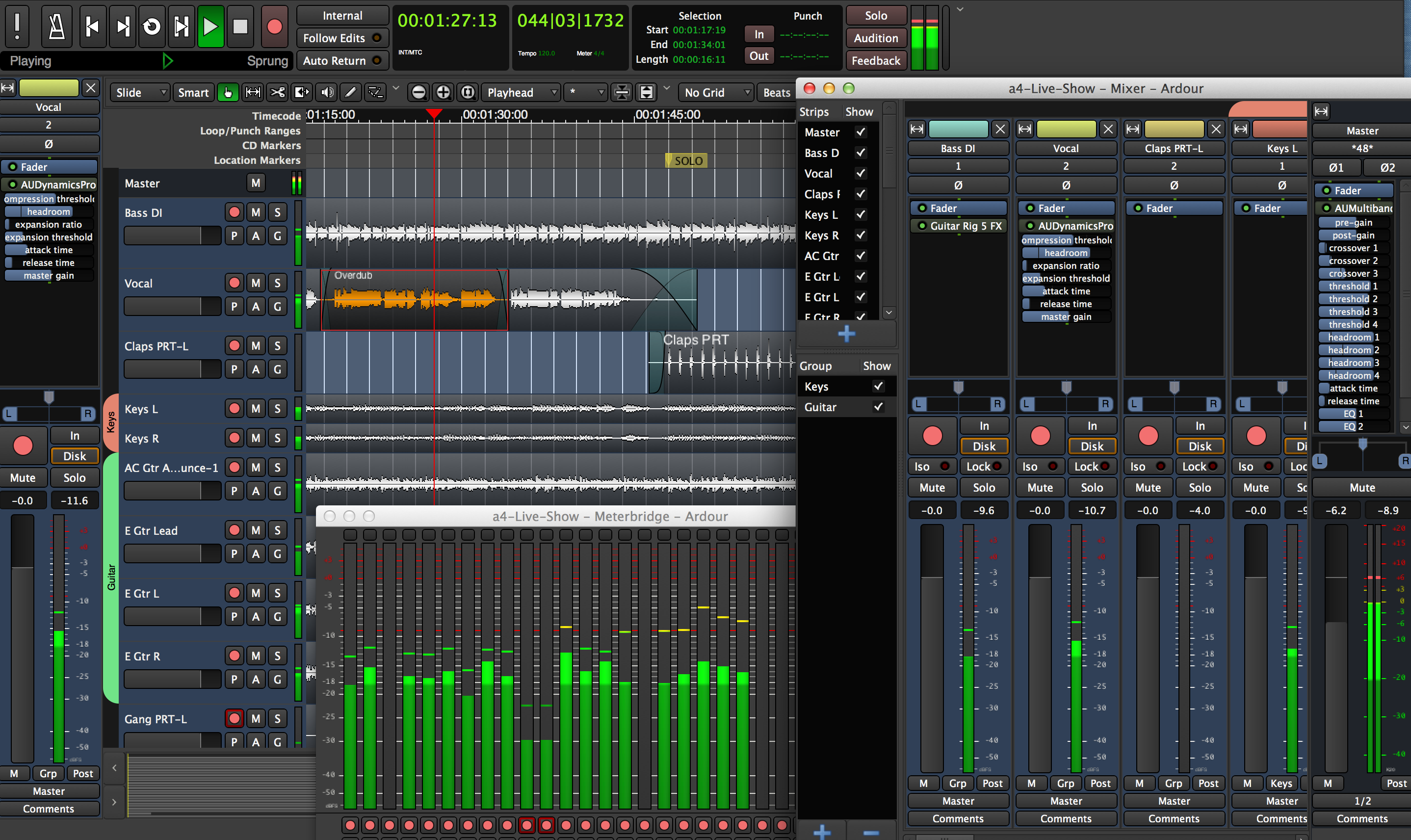
Ardour (OSX, Windows, Linux) – must say I really didn’t get on with Ardour for a variety of reasons probably more to do with personal taste than anything. That and the ten minutes per session trial period ‘expired’ before I first opened it, that was annoying as I spent ages wondering why it wasn’t making a sound. Grr. It’s free for Linux users, and $1 or more pay as you want for others (you can try and compile it from source but I’d really not recommend it if you’re not on Linux). Works with AudioUnit, VST, LADSPA and more. This is a bargain I think if you don’t want to pay for a DAW but want a lot of functionality.
REAPER (OSX, Windows) – this is what I use, and it’s fully featured and very stable even if you diskspace is getting low. It’s maybe a little more fiddly to work with than say, Audition or some of these others, but all of these programs have their own quirks and ways of doing things, and under the hood you can do things like assign actions to MIDI controllers or keyboards to make your own shortcuts. It’s free for 60 days, and apparently just nags you rather than stops working, but the lifetime license is pretty cheap as DAWs go, $60 currently. Works will all plugins bar of course AAX and LADSPA which are platform/software specific, including 32 bit plugins, which is unusual as you’ll find a lot of these 64 bit DAWs refuse to work with older plugins.

Hindenburg Journalist – (OSX) – I’ve not used this as it’s fairly new but some people are pushing it at the moment. To my eyes looking at the price ($90, Pro is an eye-watering $375 which is pro DAW level pricing) and the spec, it seems rather simplistic and less than what REAPER or Ardour can do, or even Audacity with limited file format import, import but not 24 bit editing, but maybe it’s workflow and specific podcasting/journalist nature will be perfect for you. Works with AU and VST, and has built in compression and loudness support (if you know what LUfs are, read on: you’ll be happy that it has native support for that, although auto-leveling to -23 LUfs would personally piss me off since I think even -16 LUfs is too quiet for podcasts, but I guess radio peeps will LOVE this). I suspect this is more a choice for those who want ease of use over flexibility, or get their station or company to pay for it.
Also that name…. seemingly intentional, I guess it’s a touchstone of radio reporting, but doesn’t stop me thinking OH THE HUGE MANATEE! every time I see it…
Audition – (Windows / Mac) – this is what I used to use, it has VST support, AU on Macs, and is what Cool Edit became, if you remember that. It’s Adobe pricing though, so if you’re happy to ‘rent’ your software at $20 a month or more, then this is a very usable option, and comes with some nice plugins like noise reduction and iZotope-based mastering, and batch options like normalise clips and 5.1 surround sound editing (not that useful for podcasters). But of course being Adobe it’s usually crashy, always seems to update but never fix that, and that price. Ouch. I was one of the beta testers for the Mac version, and they repaid us by putting the price up by forcing it in to a bundle, no reductions for us. Thanks Adobe. Not. *sigh*
Logic, Cubase, Pro Tools full, Ableton et al – (various platforms, $$$+++) – really wouldn’t recommend a high-end pro DAW unless you already have or know them, and/or have a lot of time to waste learning them. It’s complete overkill for podcasting, although certainly you can use them to create podcasts, but their forte is music creation, live remixing, mashups etc. and many of the options would just confuse the beginner. I took one look at Cubase years ago and ran away…I know Ableton fairly well though, it has a steep learning curve, even for someone with a background of audio and music production.
This can’t possibly be an exhausting round-up, this is just the ones I’ve used or seen used with podcast production, and I’m sure there are other that work equally as well – the thing is to try them and see what works for you. There is a certain learning curve, especially if you’ve never recorded and edited audio before – so build up. Start with test or short podcasts created in a simple recorder program like Sound Recorder or Quicktime. You can then take the files into a DAW, and work up from there.
And where to get those useful plugins? Well search for them, and you will find!
I personally recommend (VST/AU) Tokyo Dawn Recordings – the free EQ and compressors are great, only improved by Focusrite 3 which isn’t free unless you buy or borrow a copy of Computer Music magazine, which is also a great source of cheap or free plugins generally.
Limiter #6 is pretty good. I also recommend YouLean’s Loudness meter, seems dead on the money for LUffage when checking elsewhere, and I’ve heard good things about PSP Vintage Warmer and Glue if you have money to spare. iZotope has the occasional sale and I picked up RX Noise Reduction, Neutron Elements and Ozone Elements for $29 each recently. Waves is always having sales. So keep an eye out, sign up for newsletters, check websites…but usually bar some extreme cases, the free plugins are more than good enough, paid for ones may be slightly better, but I’ve used the free ones for months and I can’t really tell which episode was created with which plugin anymore when listening back to them.
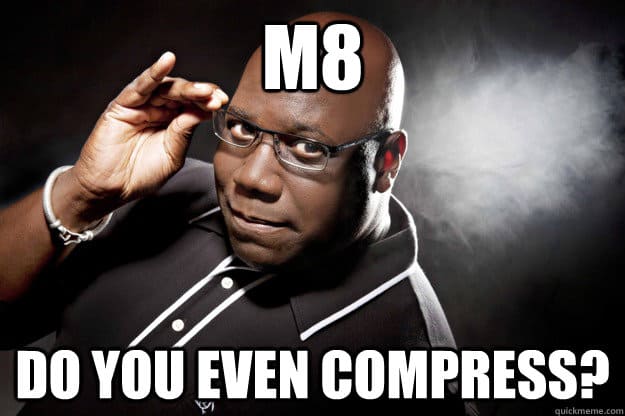
And what’s this ‘EQ’? ‘Compression’? ‘Limiting’? That is WAY beyond this article – but a good place to start is here. Basically if you want that nice ‘radio’ sound, you need to remove or boost certain frequencies from the voice (EQ). compress it which is changing the relationship between the quiet and loud parts – it sounds ‘louder’ generally but stops the quiet bits being too quiet. This is what LUfs measures, and the LU ratio, if you read that bit earlier!
And sometimes you need to stop that from going into the ‘red’ and distorting, ‘limiting’ the volume automatically because distorting is always bad in the digital domain and sounds awful – sometimes that is needed on the mic input too if someone is prone to sudden shouting. Music is a whole other ballgame, and I’d suggest you not compress music and speech with the same settings or even plugins, as what sounds great for a voice sounds terribly over-compressed for music. Then again that heavy compression hasn’t harmed a lot of music radio!
This has all been very laptop/desktop focused, but tablets such as iPads and smartphones can use recording apps too, similarly to the desk/laptop programs they can be a simple button that says record upto multi-track DAW that works with external mics and interfaces. I’ve tested my Android LG G4 with my AT2020+ USB and DAW app “Audio Evolution Mobile” (free trial, full version really breaks the bank at £6.99/€5.99! I think the iOS version is free?) and it works fine.
USB? Interfaces? Don’t worry, we’ll go into that more in parts three and four.

Coming up in part three: The ultimate mic drop, well how not to drop it, not to pop it like it’s hot, we see some patterns, talk with towels on our heads and go back into the closet.
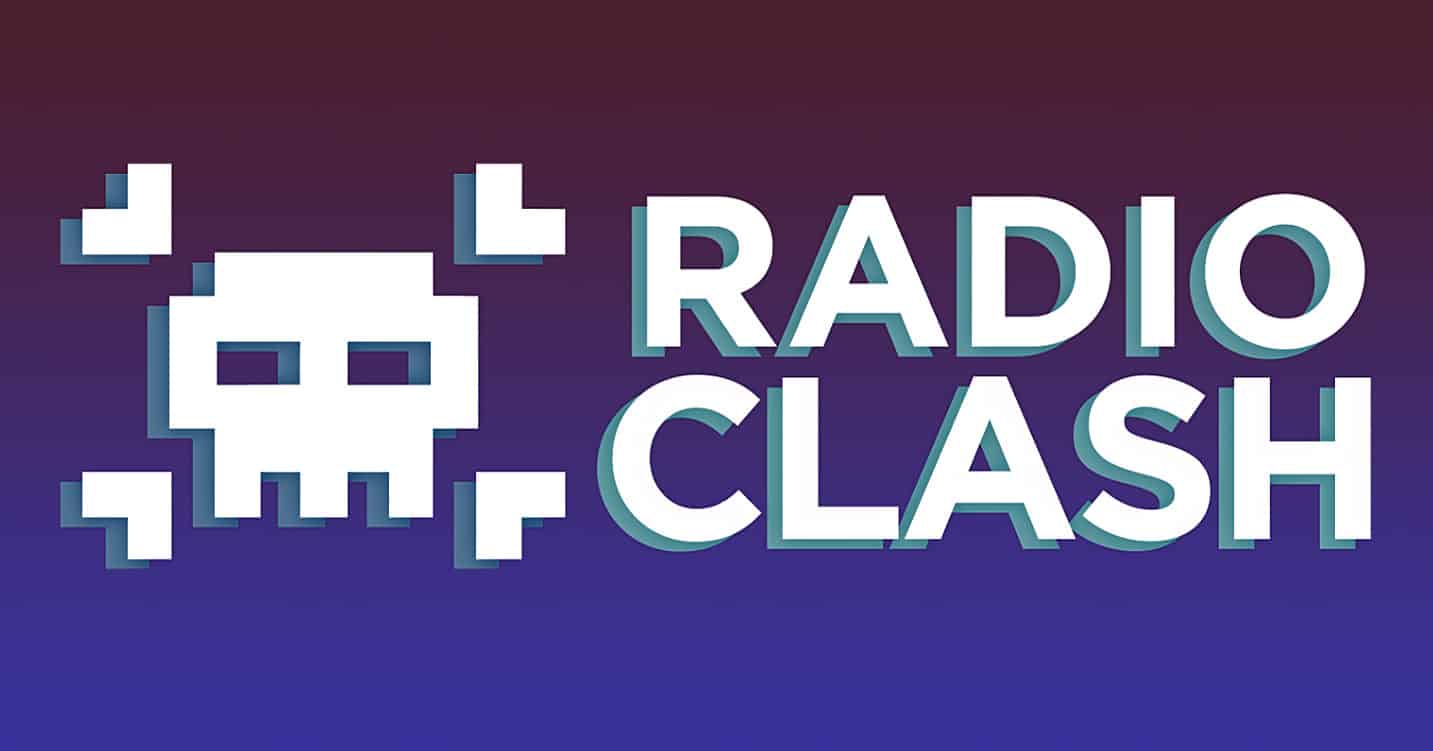
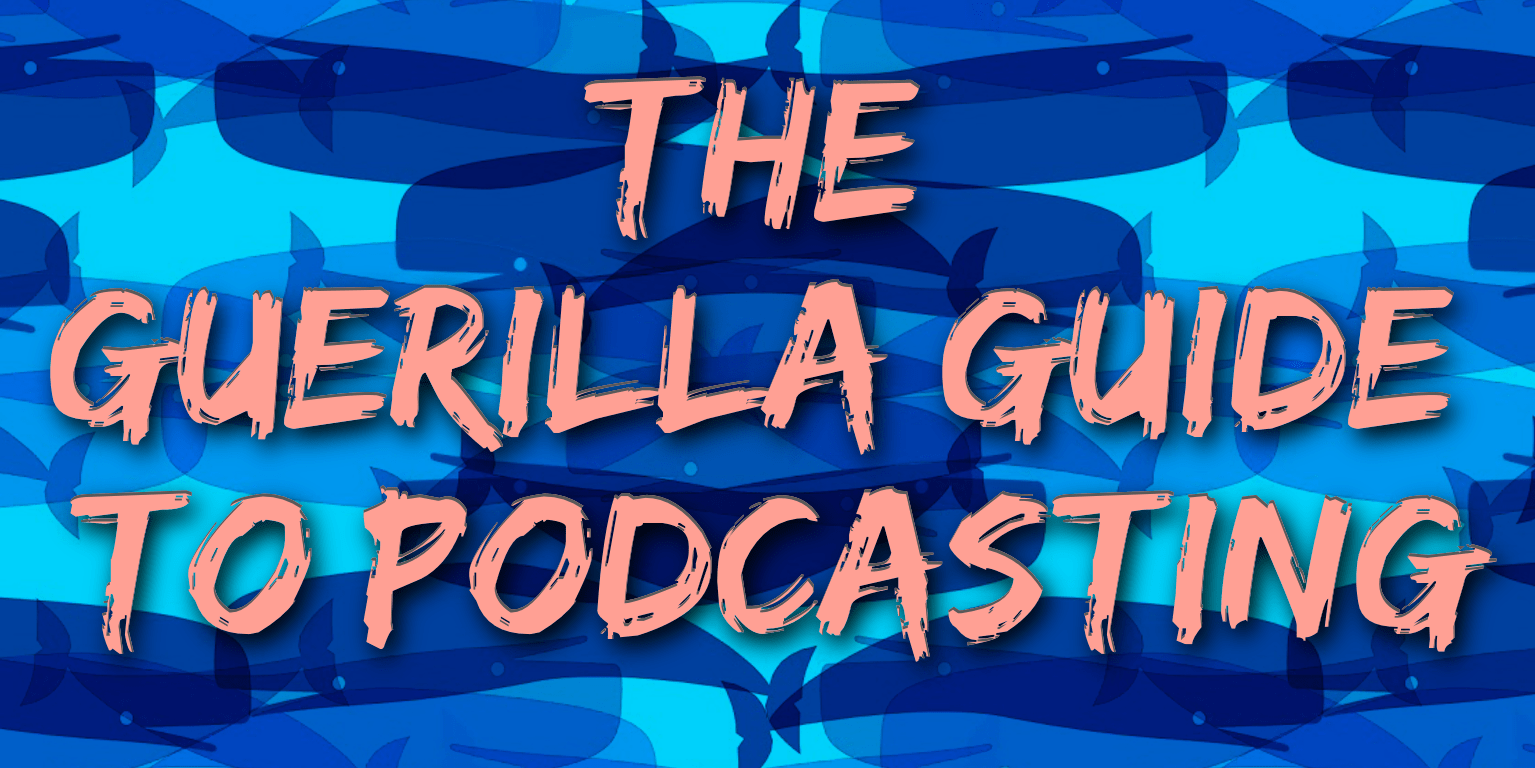
Leave a Comment! Be nice….